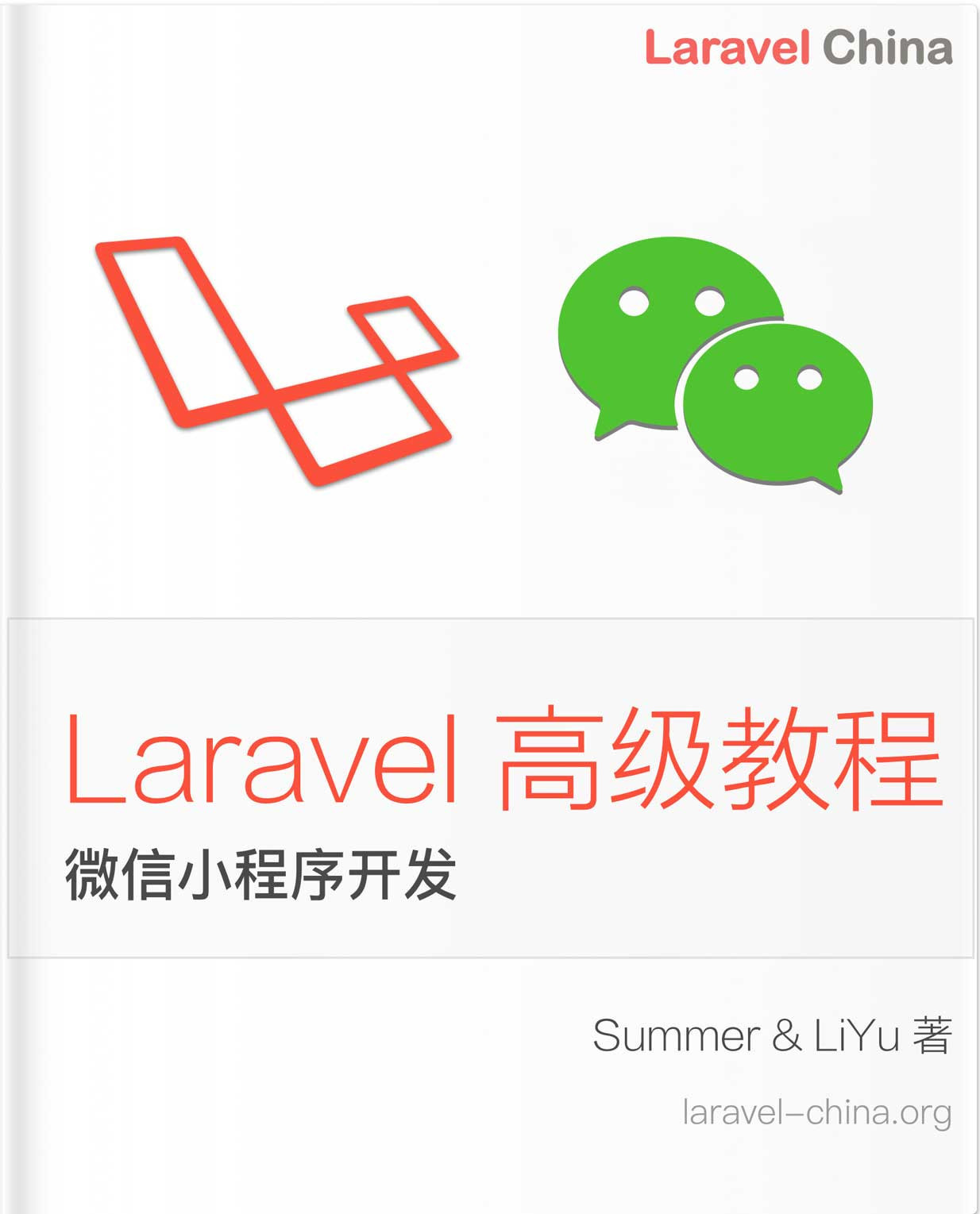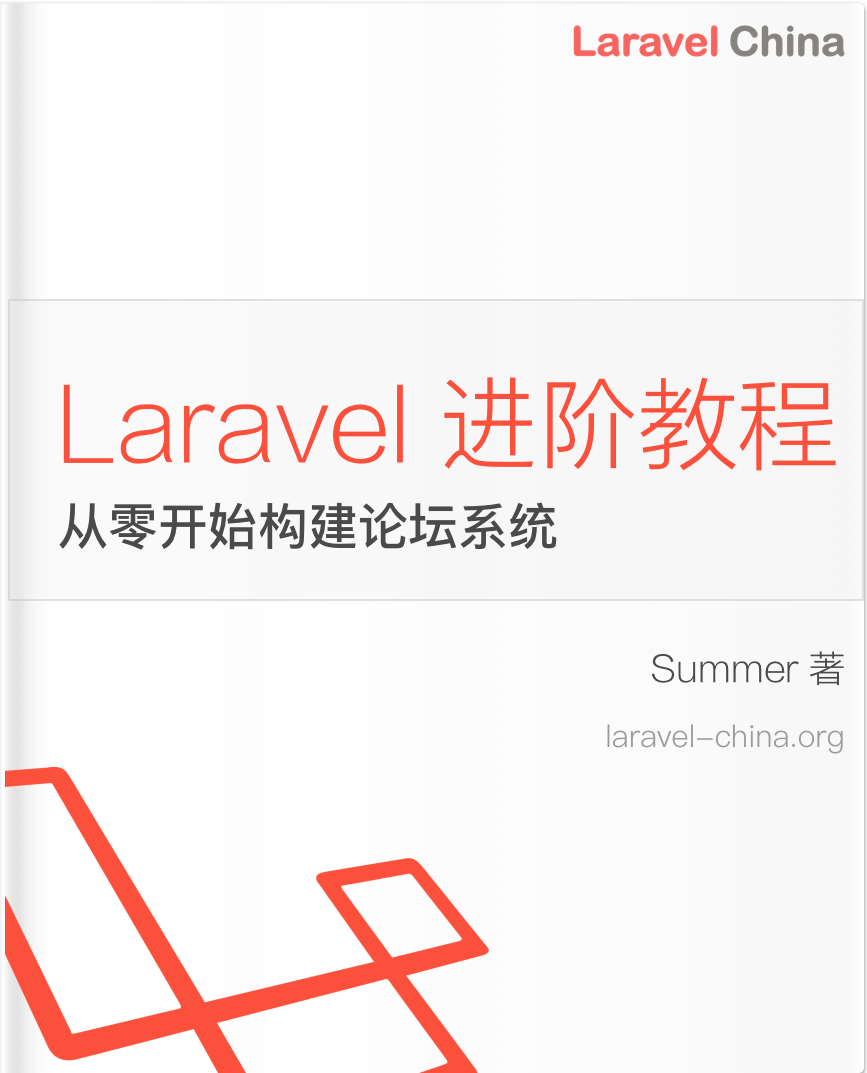数据填充
数据填充
简介
Laravel 提供了使用 Seeder 类向数据库填充数据的功能。所有 Seeder 类都存放在 database/seeders 目录下。默认情况下,会为你生成一个 DatabaseSeeder 类。通过这个类,你可以使用 call 方法运行其他 Seeder 类,从而控制填充的顺序。
[!注意]
在数据库填充期间,批量赋值保护 会自动被禁用。
编写 Seeder
要生成一个 Seeder,可以执行 make:seeder Artisan 命令。框架生成的所有 Seeder 都会放置在 database/seeders 目录下:
php artisan make:seeder UserSeeder默认情况下,一个 Seeder 类只包含一个方法:run。当执行 db:seed Artisan 命令 时,这个方法会被调用。在 run 方法中,你可以按照自己的方式向数据库插入数据。可以使用 查询构建器 手动插入数据,也可以使用 Eloquent 模型工厂。
例如,我们修改默认的 DatabaseSeeder 类,并在 run 方法中添加一个数据库插入语句:
<?php
namespace Database\Seeders;
use Illuminate\Database\Seeder;
use Illuminate\Support\Facades\DB;
use Illuminate\Support\Facades\Hash;
use Illuminate\Support\Str;
class DatabaseSeeder extends Seeder
{
/**
* 运行数据库填充器
*/
public function run(): void
{
DB::table('users')->insert([
'name' => Str::random(10),
'email' => Str::random(10).'@example.com',
'password' => Hash::make('password'),
]);
}
}[!注意]
你可以在run方法的参数中声明任何依赖,它们会通过 Laravel 的 服务容器 自动解析。
使用模型工厂
当然,为每个模型手动指定属性来填充数据很麻烦。相反,你可以使用 模型工厂 来方便地生成大量数据库记录。首先,请查看 模型工厂文档 学习如何定义工厂。
例如,我们创建 50 个用户,并且每个用户都有一篇关联的文章:
use App\Models\User;
/**
* 运行数据库填充器
*/
public function run(): void
{
User::factory()
->count(50)
->hasPosts(1)
->create();
}调用其他 Seeder
在 DatabaseSeeder 类中,你可以使用 call 方法执行其他 Seeder 类。使用 call 方法可以将数据库填充拆分成多个文件,避免单个 Seeder 类过大。call 方法接受一个包含要执行的 Seeder 类的数组:
/**
* 运行数据库填充器
*/
public function run(): void
{
$this->call([
UserSeeder::class,
PostSeeder::class,
CommentSeeder::class,
]);
}静音模型事件
在运行 Seeder 时,你可能希望阻止模型触发事件。可以通过使用 WithoutModelEvents trait 来实现。使用该 trait 后,即使通过 call 方法执行其他 Seeder 类,也不会触发任何模型事件:
<?php
namespace Database\Seeders;
use Illuminate\Database\Seeder;
use Illuminate\Database\Console\Seeds\WithoutModelEvents;
class DatabaseSeeder extends Seeder
{
use WithoutModelEvents;
/**
* 运行数据库填充器
*/
public function run(): void
{
$this->call([
UserSeeder::class,
]);
}
}运行 Seeder
你可以执行 db:seed Artisan 命令来填充数据库。默认情况下,db:seed 命令会运行 Database\Seeders\DatabaseSeeder 类,该类又可以调用其他 Seeder 类。不过,你也可以使用 --class 选项指定单独的 Seeder 类来运行:
php artisan db:seed
php artisan db:seed --class=UserSeeder你也可以使用 migrate:fresh 命令结合 --seed 选项来填充数据库,这会删除所有表并重新执行所有迁移。此命令适合用来彻底重建数据库。--seeder 选项可用于指定要运行的特定 Seeder:
php artisan migrate:fresh --seed
php artisan migrate:fresh --seed --seeder=UserSeeder在生产环境中强制运行 Seeder
某些填充操作可能会修改或丢失数据。为了保护你的生产数据库,Laravel 会在 production 环境中运行 Seeder 前提示确认。若想在生产环境中无需提示直接运行 Seeder,可以使用 --force 参数:
php artisan db:seed --force本译文仅用于学习和交流目的,转载请务必注明文章译者、出处、和本文链接
我们的翻译工作遵照 CC 协议,如果我们的工作有侵犯到您的权益,请及时联系我们。

 Laravel 12 中文文档
Laravel 12 中文文档




 关于 LearnKu
关于 LearnKu




推荐文章: